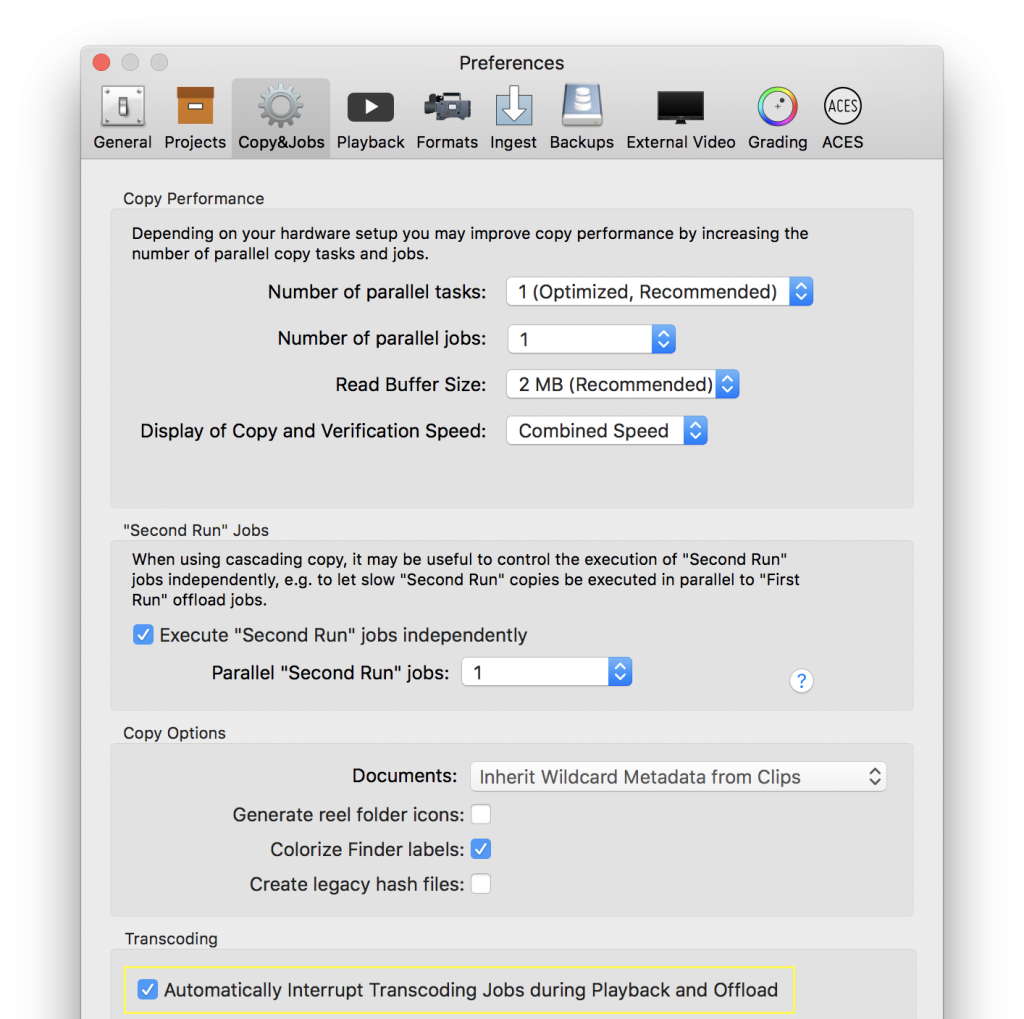
copying camera cards : The initial goal of Silverstack is to allow its users to duplicate the freshly recorded clips on one or several storages.Let’s have a closer look in Silverstack missions, as presented by Patrick Renner, during this workshop:
#Silverstack xt vs lab software
Whatever software I had used to render the proxy files I mostly copied the files via Silverstack. I should even say that Silverstack is the backbone of my dailies pipeline.

I’ve personally been using Pomfort products for a few years now. Therefore Pomfort software range is in the heart of this fluctuant threshold. Pomfort positioned itself in-between onset action and post-production.
#Silverstack xt vs lab archive
If you consider the whole range of products available in Pomfort catalogue, you could control the settings of your Alexa, live-grade the direct signal from the HD-SDI output (LiveGrade Pro), copy and verify all recorded medias ( Silverstack see further), generate all XML/ALE flavours you may need, archive your media on LTO tapes, apply your live corrections on the rendered clips ( Silverstack Lab). Onset Tools ! The main focus of Pomfort is to provide onset tools for technicians. In order to maintain a threshold between prod and post, let’s consider this assumption : post-production may start when the card is taken off the camera and in the hand ready to be offloaded. In other words, the limit between production and post-production is thin and porous and it is hence more and more uneasy to define any border between the two. Patrick Renner ( Pomfort) started his presentation by exposing the current context. There is no other goal in this writing to report this workshop from my perspective. tiff) to be burned into the transcoded clips.This report is built on content mostly delivered by both speakers and in a small part on my own thoughts.

Font: Sets the font style for the burn ins.Margins: A horizontal and vertical margin to position the burn ins in the frame.Burn in Parameters: The following parameters can be adjusted for the burn ins:.1 to 1 will zoom the footage to 100% in the center of the image to adjust to the final selected size, cropping everything else.Zoom to fill will affect the vertical resolution of the footage to the final size, cropping the sides.The zoom to fit (Adding black bars/Without black bars) option will adjust the horizontal resolution of the clip to fit in the selected final size.Stereo Mixdown: The custom audio mix created in the audio panelĬhoose different decoding options for the source formats:.Tick the checkbox to include audio in your transcoded clips. Duration (Limit to In/Out points): By enabling this option Silverstack only transcodes the part of the clip between the in and out points set in the library.The bitrate calculator lets you choose the intended quality from “poor” through “good” to “best” and calculates the resulting bitrate based on the selected resolution and the intended frame rate.

#Silverstack xt vs lab manual
The H.264 manual bitrate options allow you to enter a specific bitrate in the textfield or provide help for a choice of quality in the “H.264 bitrate calculator” (see fig.


 0 kommentar(er)
0 kommentar(er)
